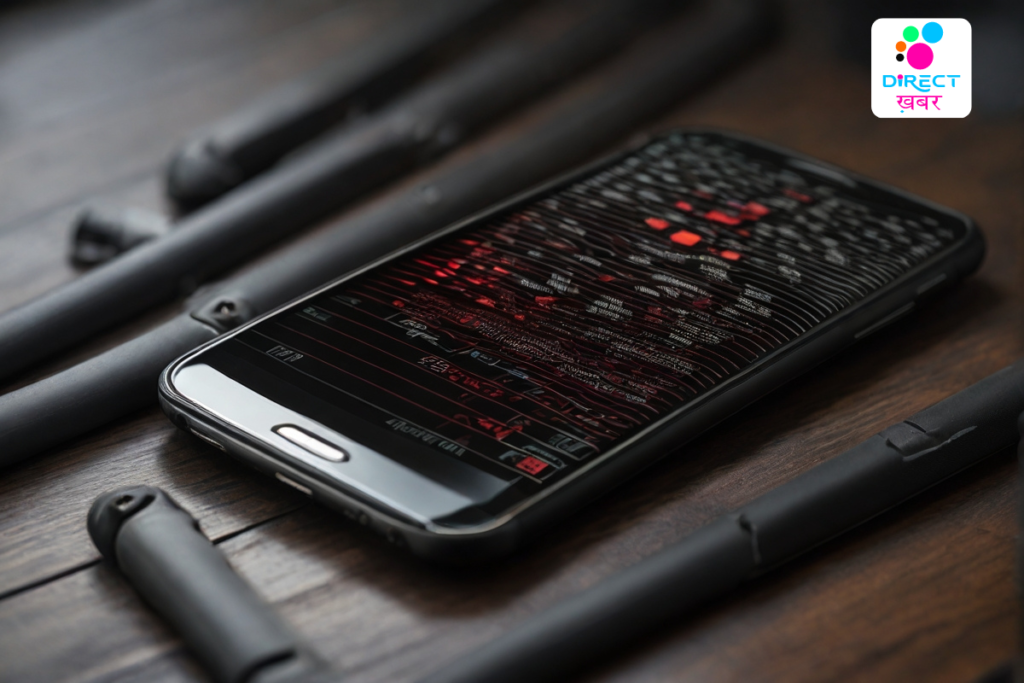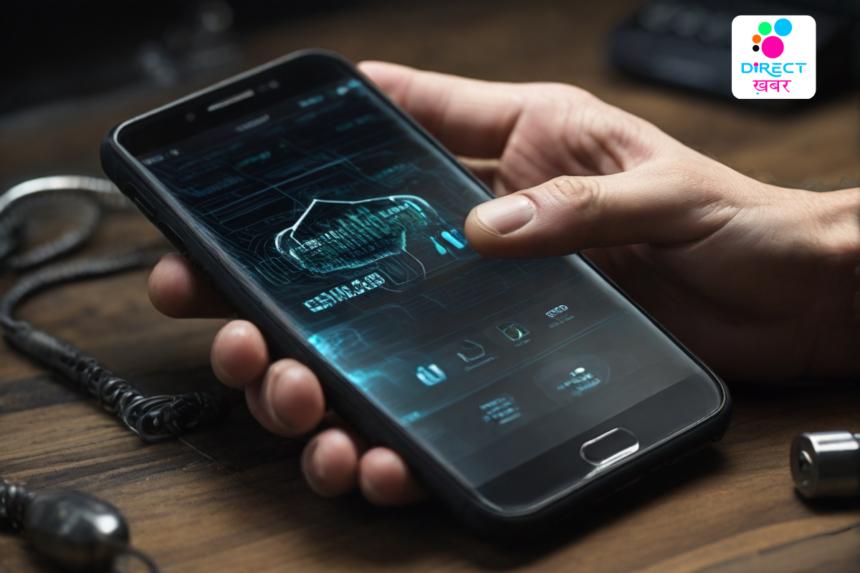Smartphone Security: Safeguarding Your Data
In today’s digitally driven world, smartphones have become an indispensable part of our lives, serving as personal assistants, communication hubs, and repositories of sensitive information. However, with this convenience comes the risk of data breaches, identity theft, and privacy violations. To navigate these dangers, it’s essential to understand smartphone security fundamentals and implement best practices to keep your data safe. This guide explores various strategies and tools to enhance smartphone security and protect your valuable information.

Lock Screen Security:
Set a strong PIN, password, or pattern lock to prevent unauthorized access to your device.
Utilize biometric authentication features like fingerprint or facial recognition where available for added security.
Avoid using easily guessable patterns or PINs and change your lock screen credentials regularly.
Software Updates:
Regularly update your smartphone’s operating system and applications to patch known vulnerabilities and enhance security.
Enable automatic updates whenever possible to ensure timely installation of security patches.
Be cautious of unofficial software updates or “jailbreaking” methods, as they can expose your device to malware and compromise security.
App Permissions:
Review and manage app permissions to restrict access to sensitive data such as location, contacts, and camera.
Only grant permissions that are necessary for the app’s functionality and revoke permissions for unused or unnecessary apps.
Exercise caution when granting permissions to newly installed apps and scrutinize their necessity and trustworthiness.
Secure Internet Connection:
Avoid connecting to unsecured Wi-Fi networks, especially those without passwords or encryption.
Use virtual private networks (VPNs) when accessing public Wi-Fi networks to encrypt data transmissions and prevent eavesdropping.
Consider using cellular data or personal hotspot instead of public Wi-Fi for sensitive transactions or browsing.

Mobile Antivirus and Security Apps:
Install reputable antivirus and security applications to detect and remove malware, phishing attempts, and other security threats.
Regularly scan your device for malware and keep antivirus definitions up to date to ensure comprehensive protection.
Research and choose security apps from trusted developers with a track record of reliability and effectiveness.
Data Encryption:
Enable device encryption to scramble data stored on your smartphone, making it unreadable without the decryption key.
Utilize encryption features offered by messaging apps to secure communications and protect sensitive information from interception.
Backup encrypted data regularly and securely store decryption keys or passwords to prevent data loss.
Secure Data Transmission:
Use encrypted communication channels such as HTTPS when browsing the web or transmitting sensitive information.
Enable end-to-end encryption for messaging and communication apps to ensure that only the intended recipients can access the content.
Exercise caution when sharing sensitive information online and verify the authenticity of websites and recipients before transmitting data.
Secure Storage and Backup:
Store sensitive data such as passwords, financial information, and personal documents in secure, encrypted containers or password managers.
Regularly backup your smartphone data to secure cloud storage or external devices to prevent data loss in case of theft, damage, or device failure.
Encrypt backup files and utilize strong authentication methods to protect access to backed-up data.
Phishing Awareness:
Be vigilant of phishing attempts through emails, text messages, or social media platforms seeking to trick users into divulging sensitive information.
Exercise caution when clicking on links or downloading attachments from unknown or suspicious sources, as they may contain malware or lead to phishing websites.
Verify the authenticity of requests for personal or financial information by contacting the organization directly through official channels.
Physical Security:
Keep your smartphone physically secure by avoiding leaving it unattended in public places or visible in unattended vehicles.
Use security features like remote locking or wiping in case of theft or loss to protect data from unauthorized access.
Consider using physical security accessories such as screen locks, cases, or biometric authentication methods to deter unauthorized access.
In an era where smartphones are central to both personal and professional life, ensuring the security of your device and data is paramount. By implementing the strategies outlined in this guide and staying informed about emerging threats and best practices, you can significantly reduce the risk of data breaches, identity theft, and other cybersecurity incidents. Remember, proactive measures and vigilance are key to safeguarding your digital life in today’s interconnected world.






